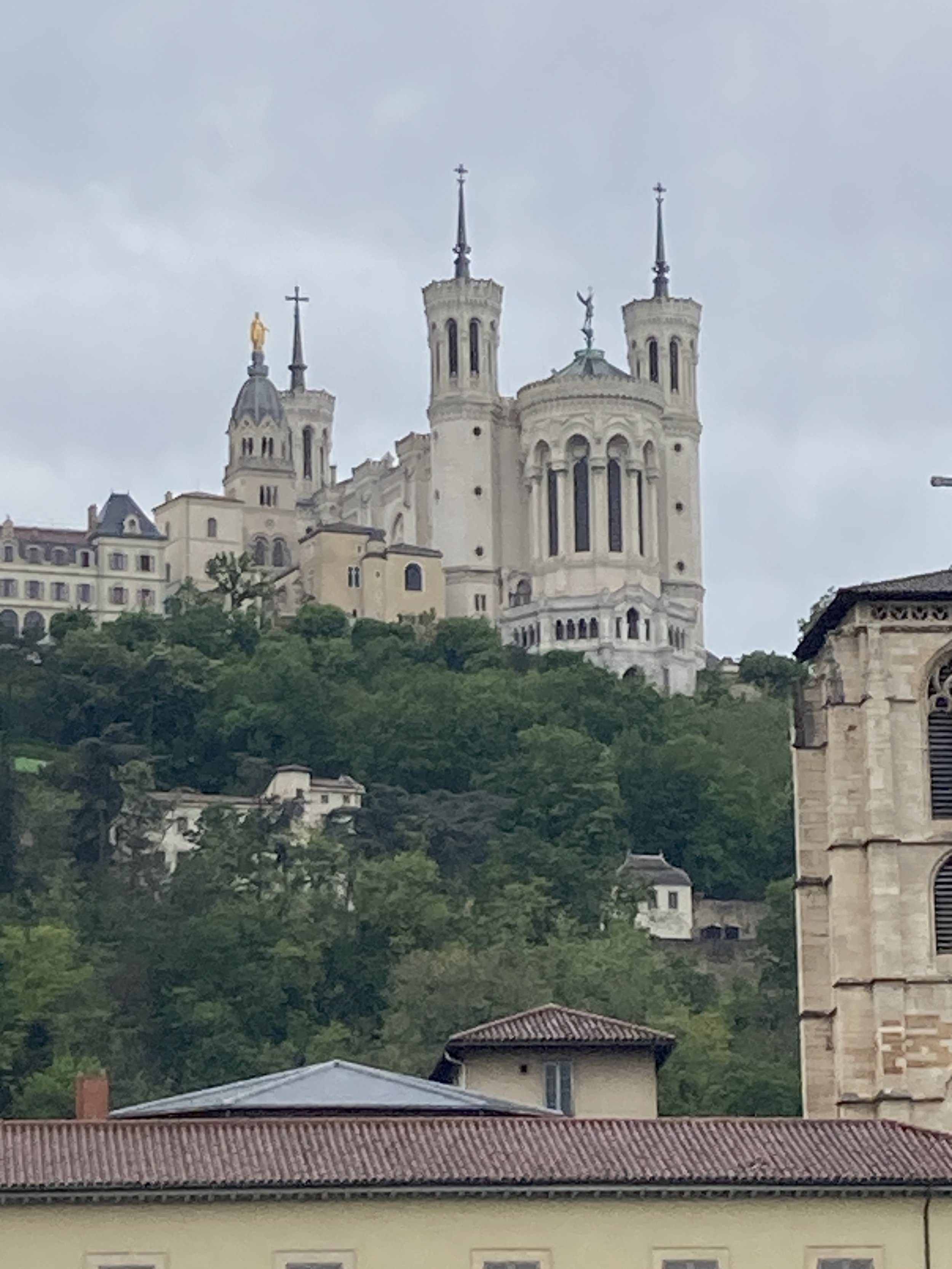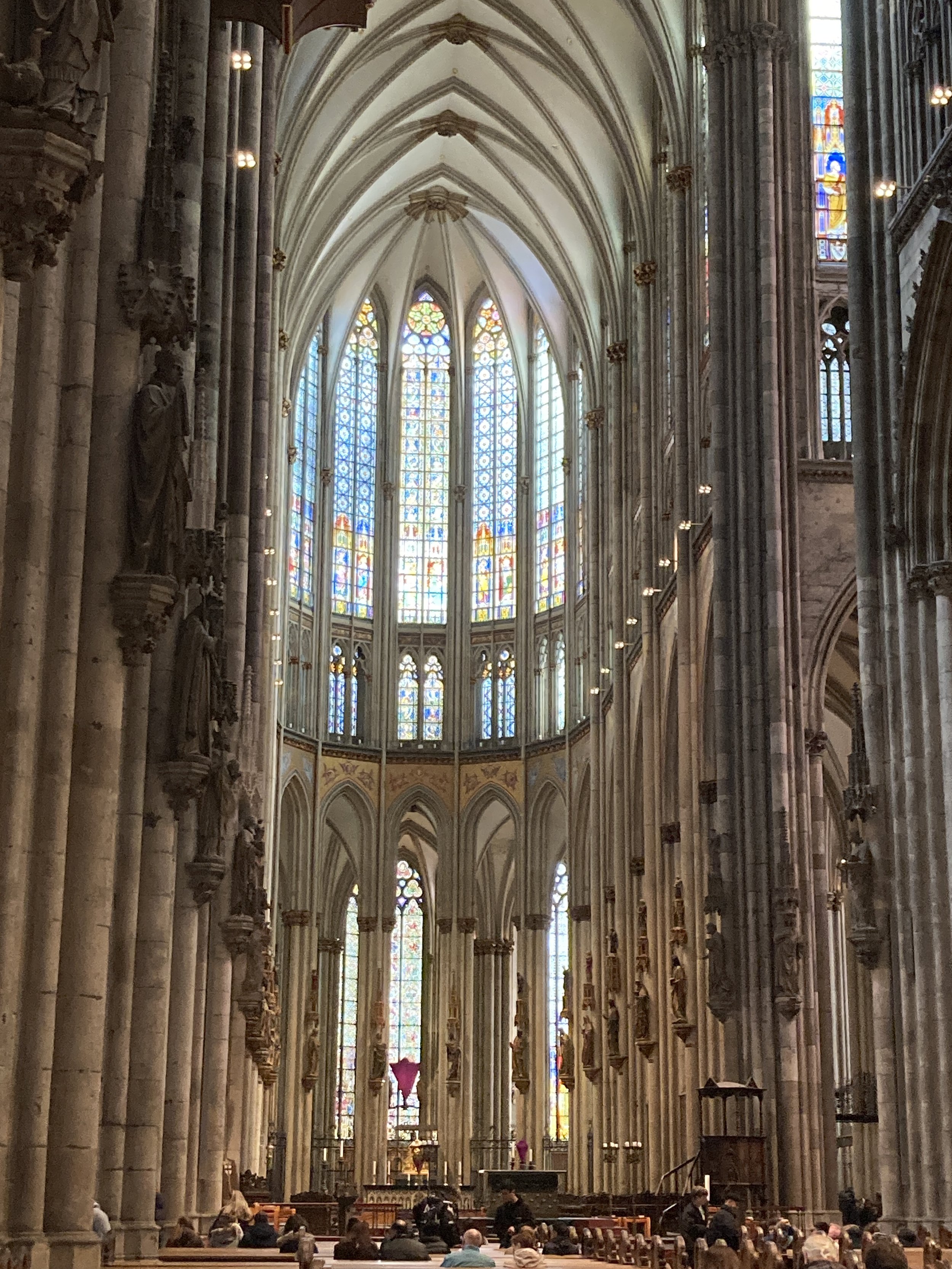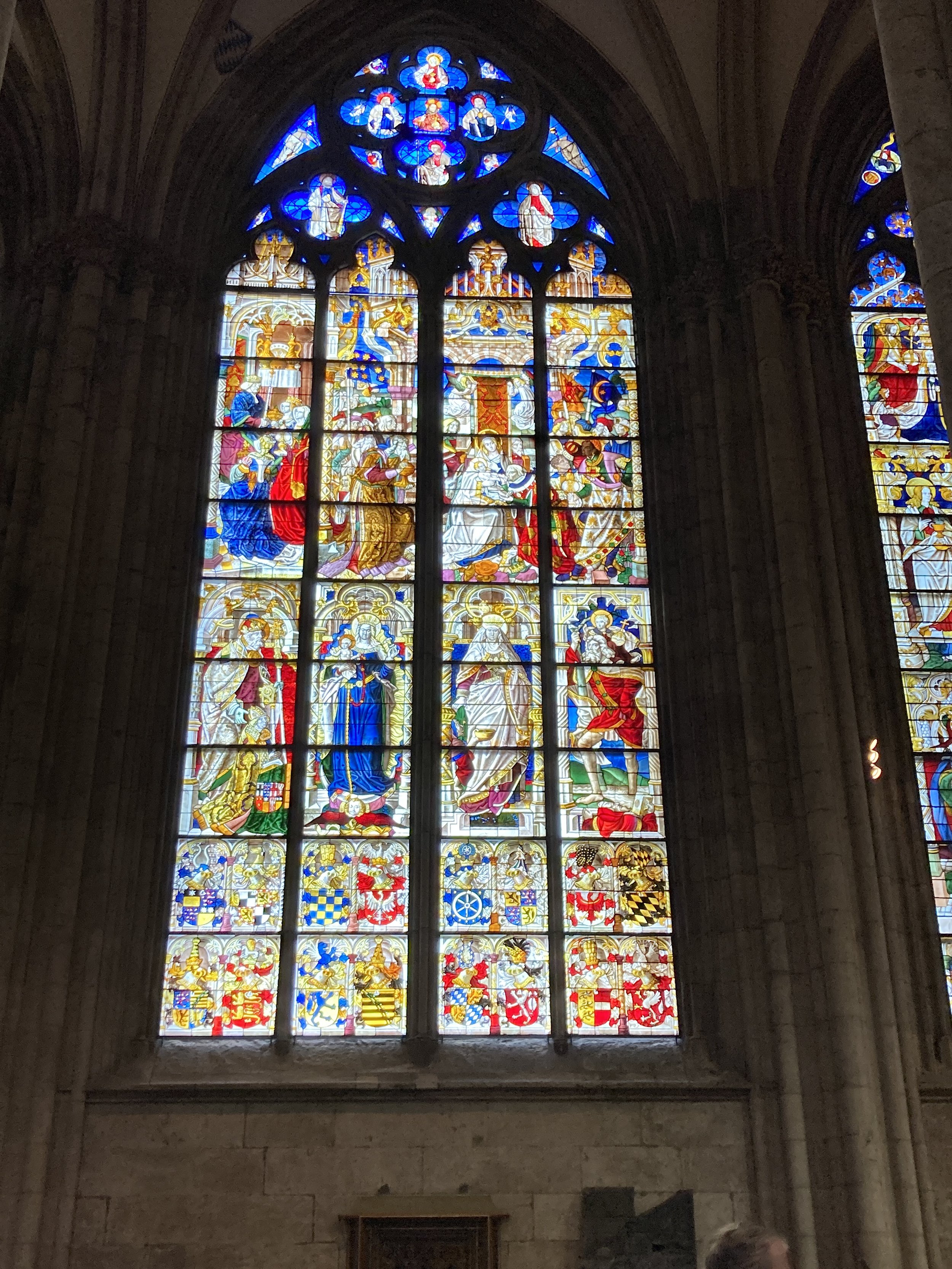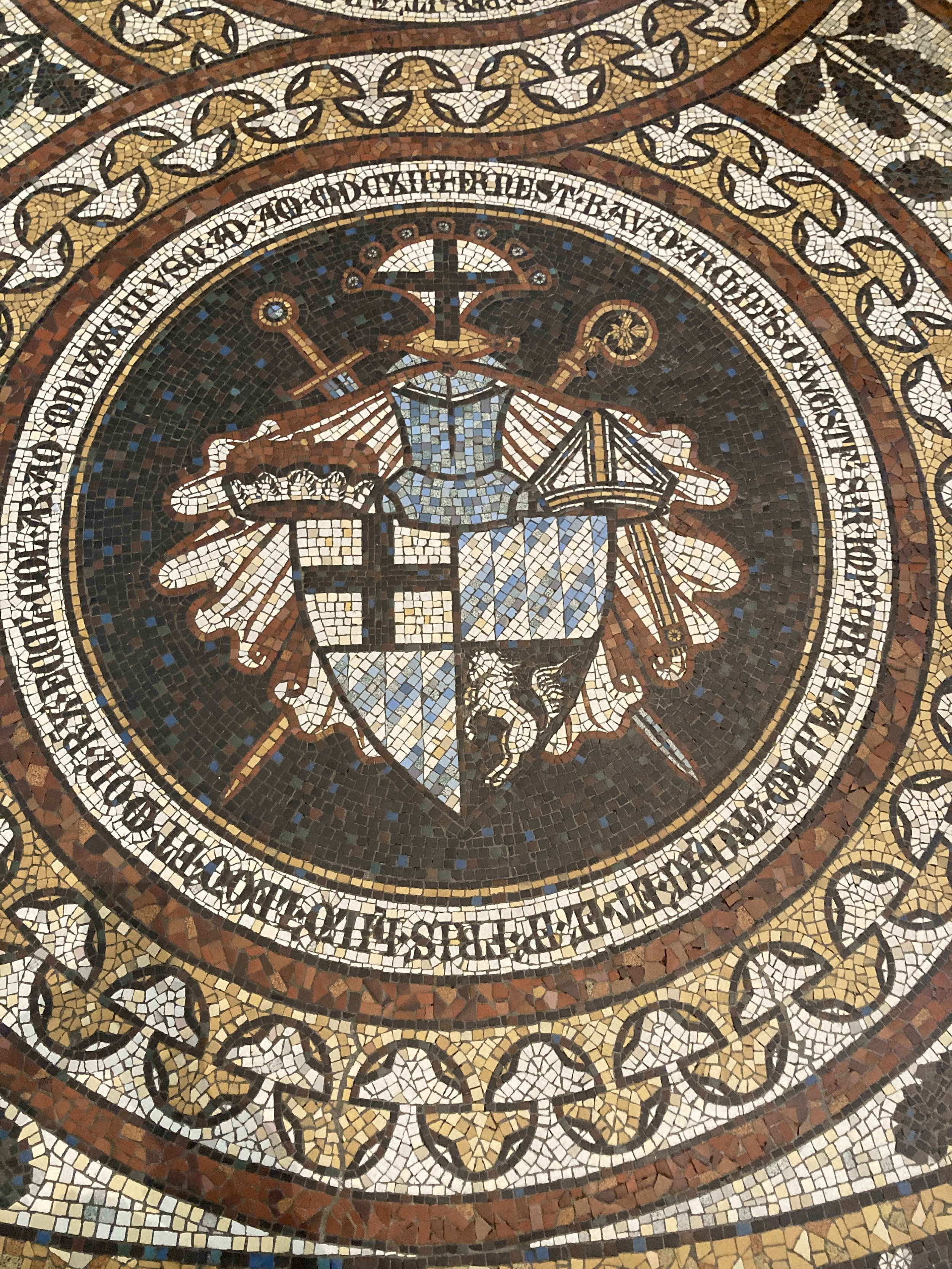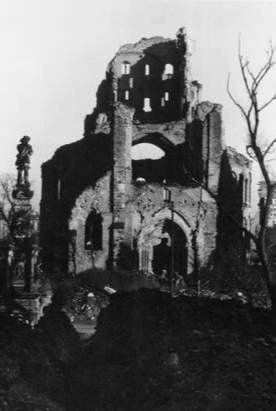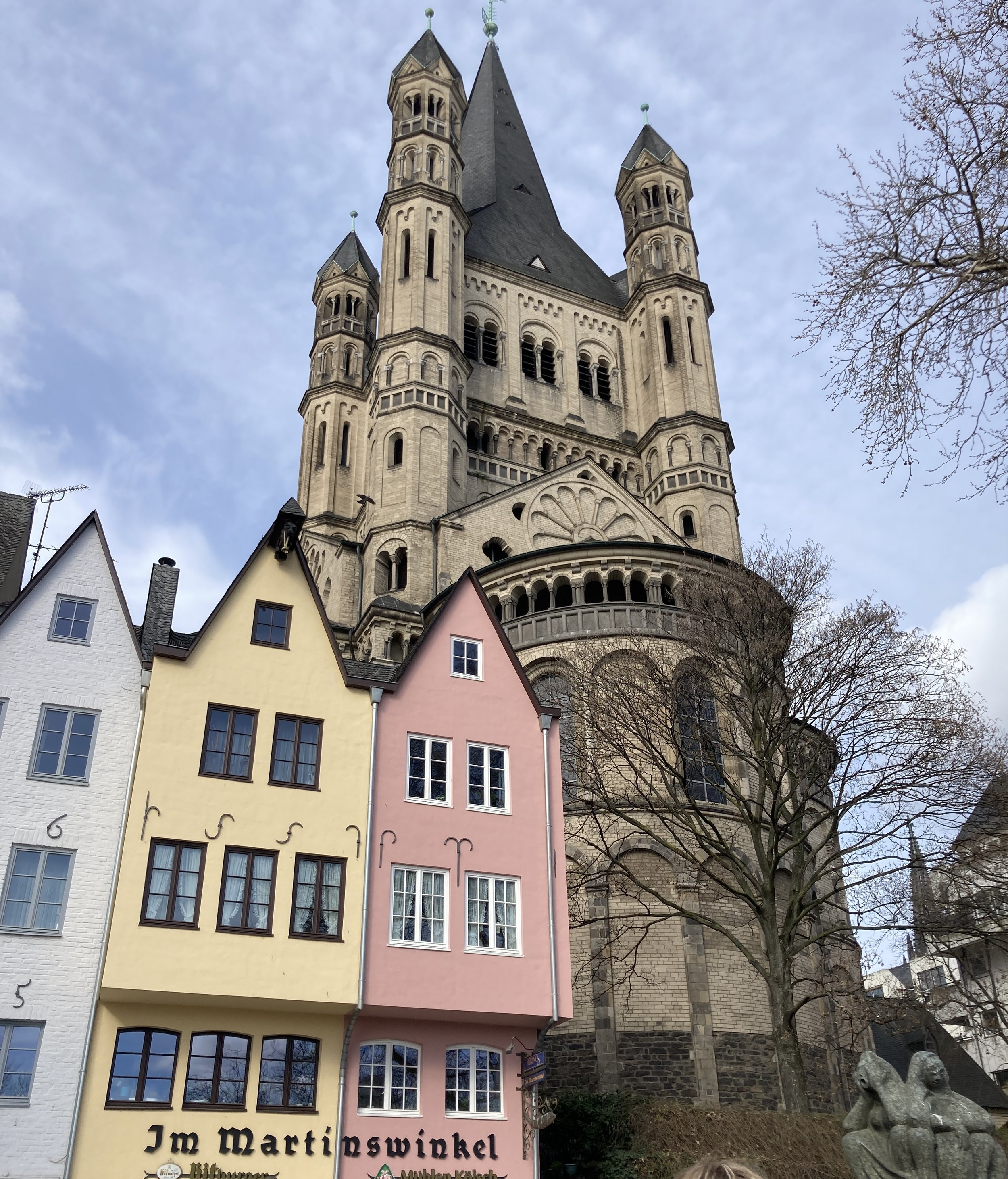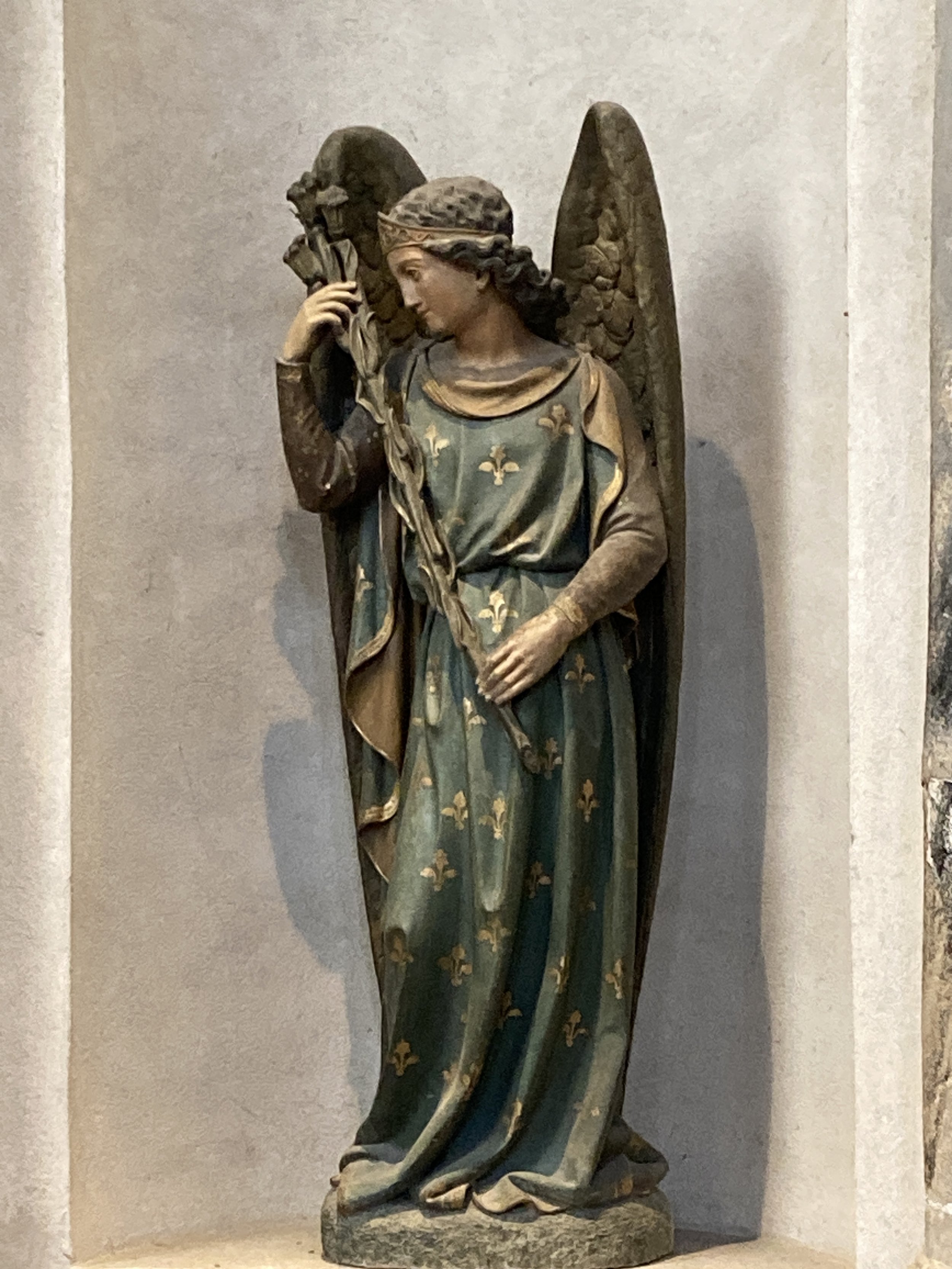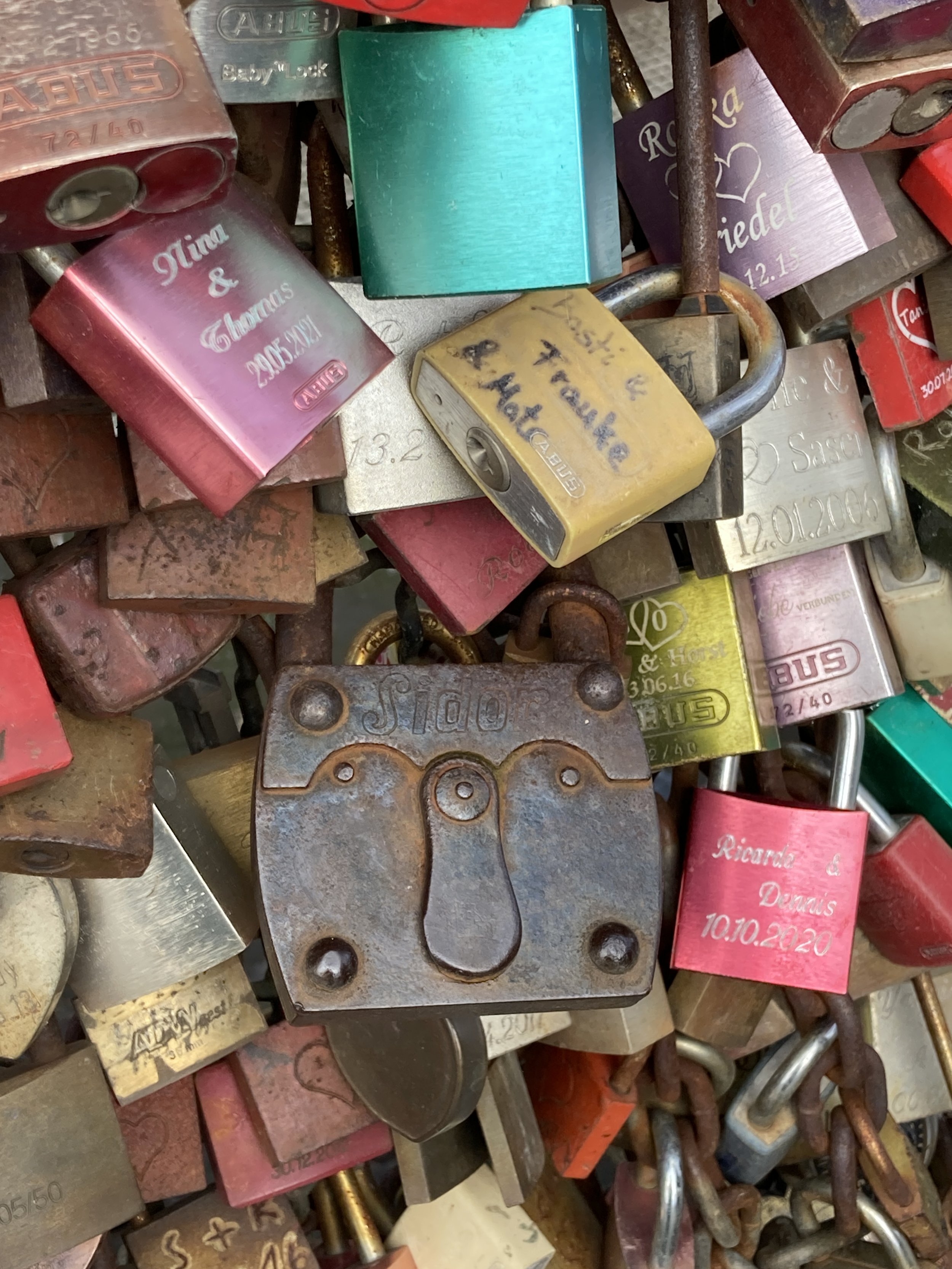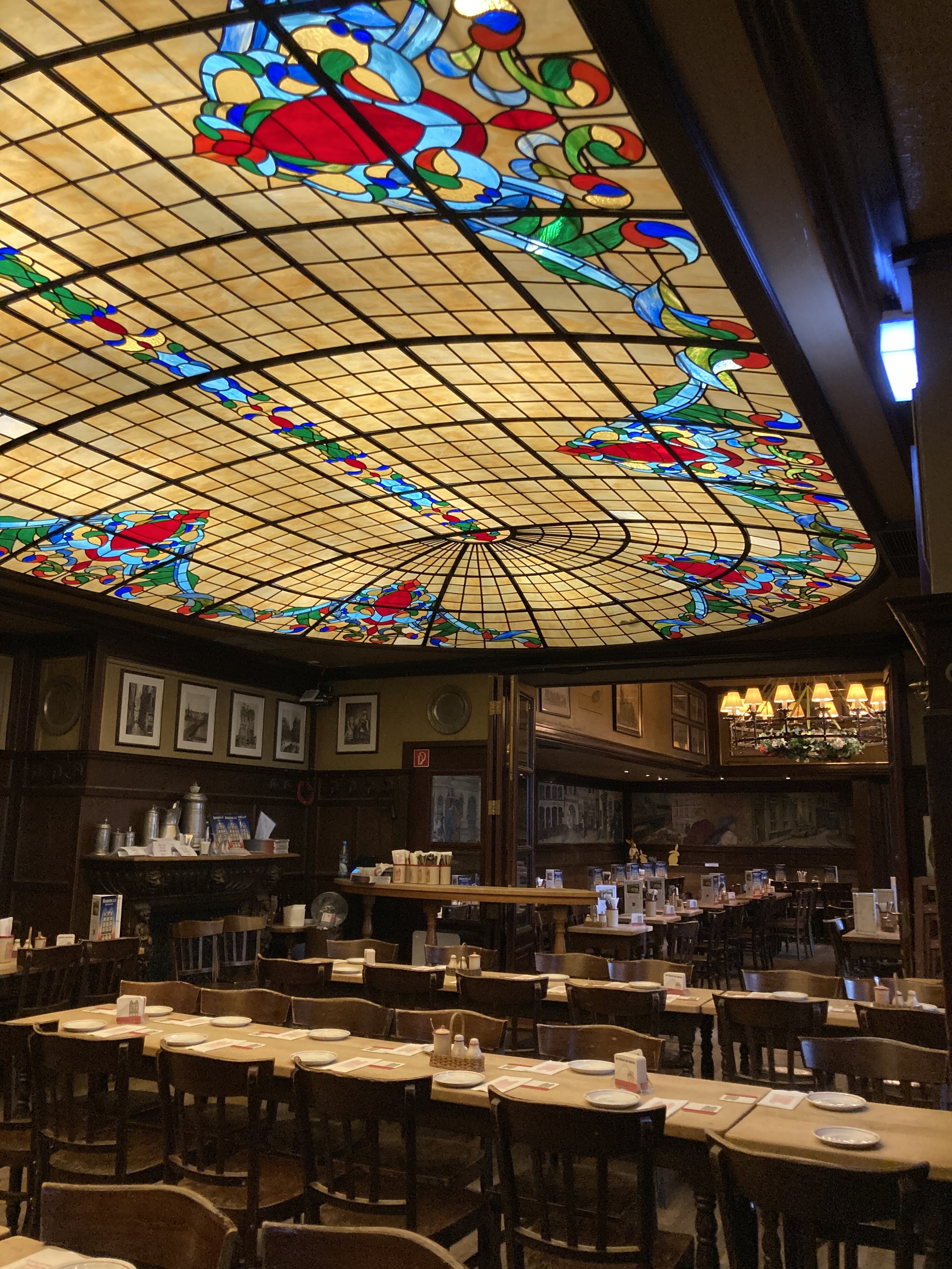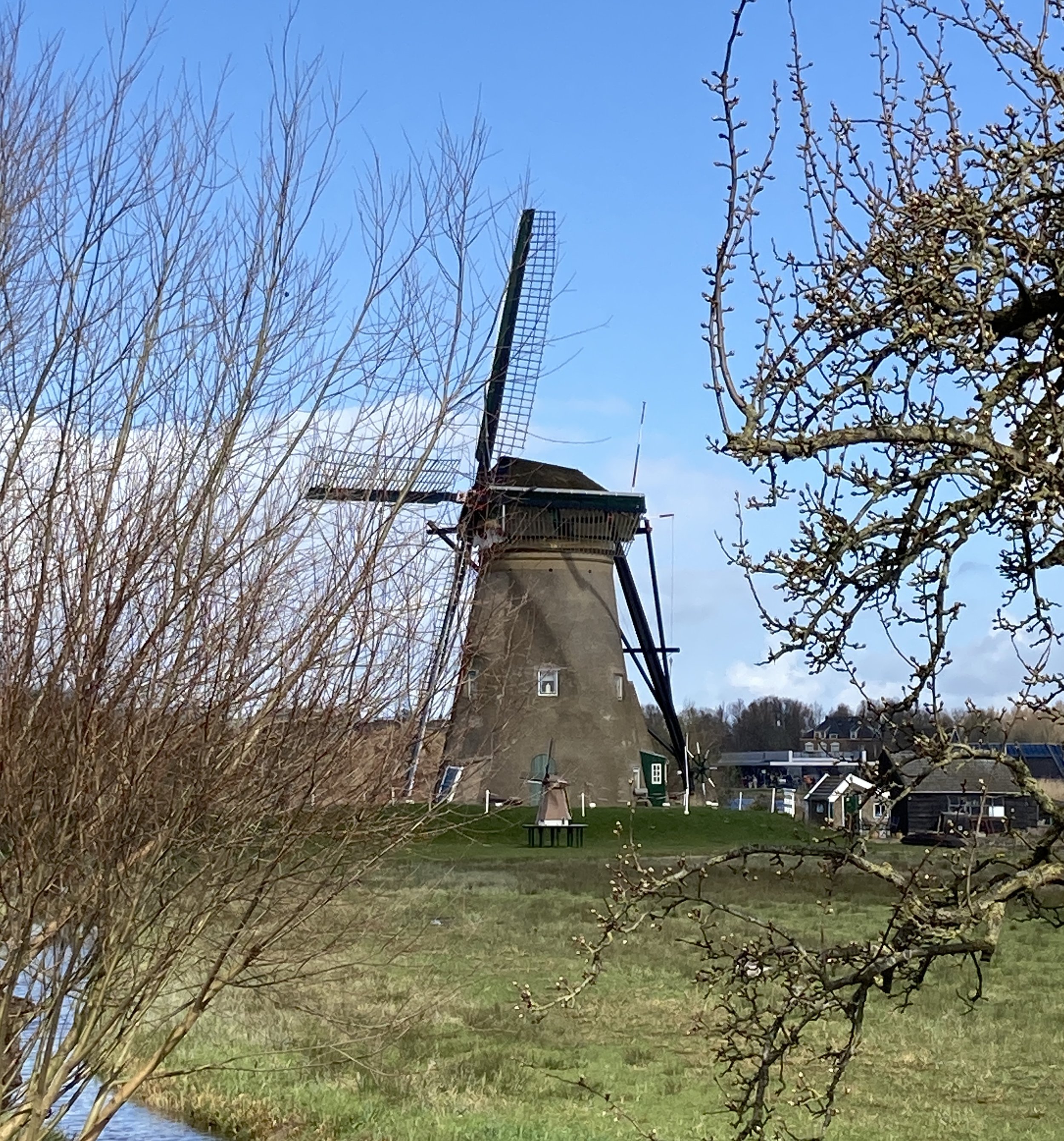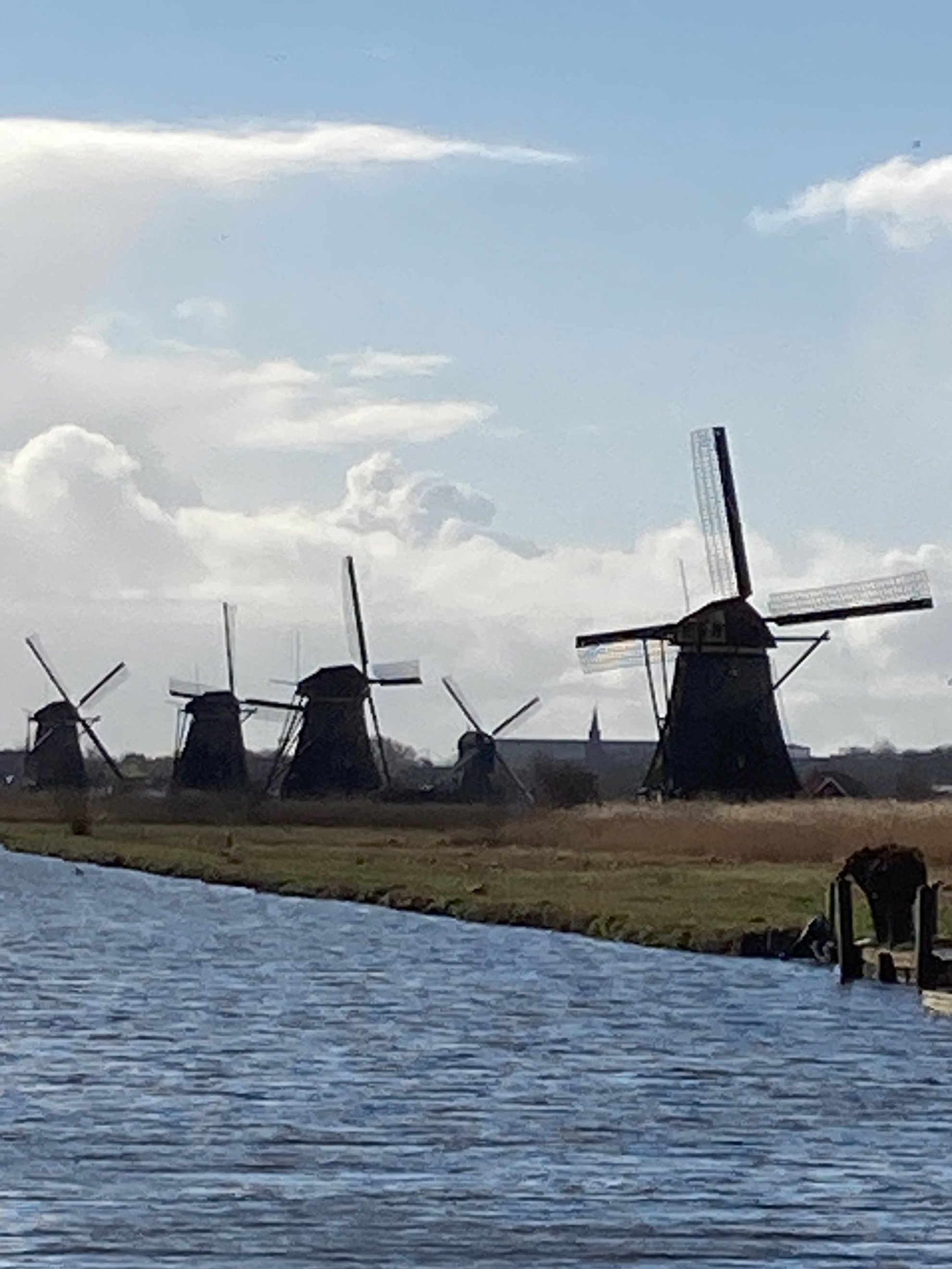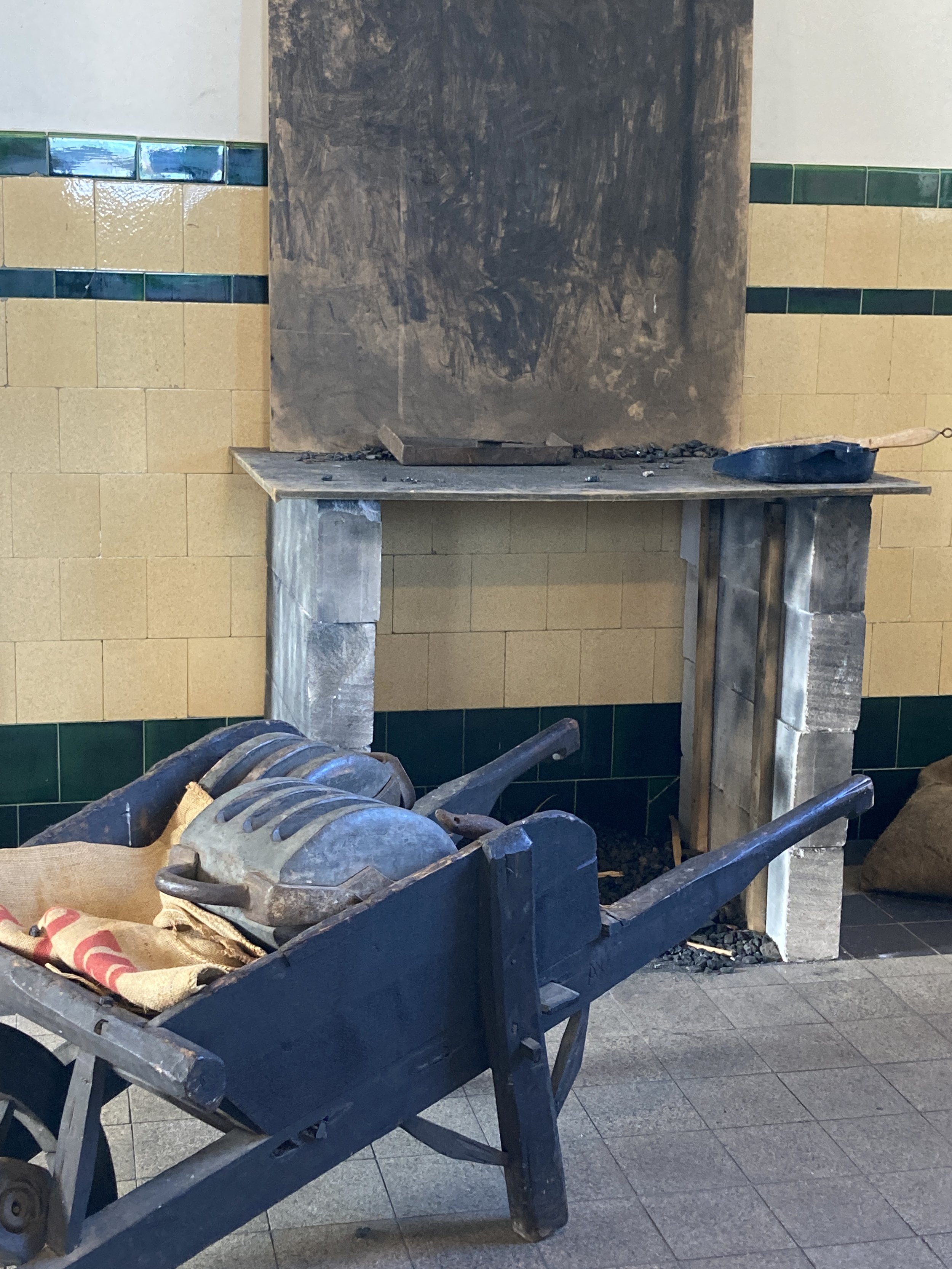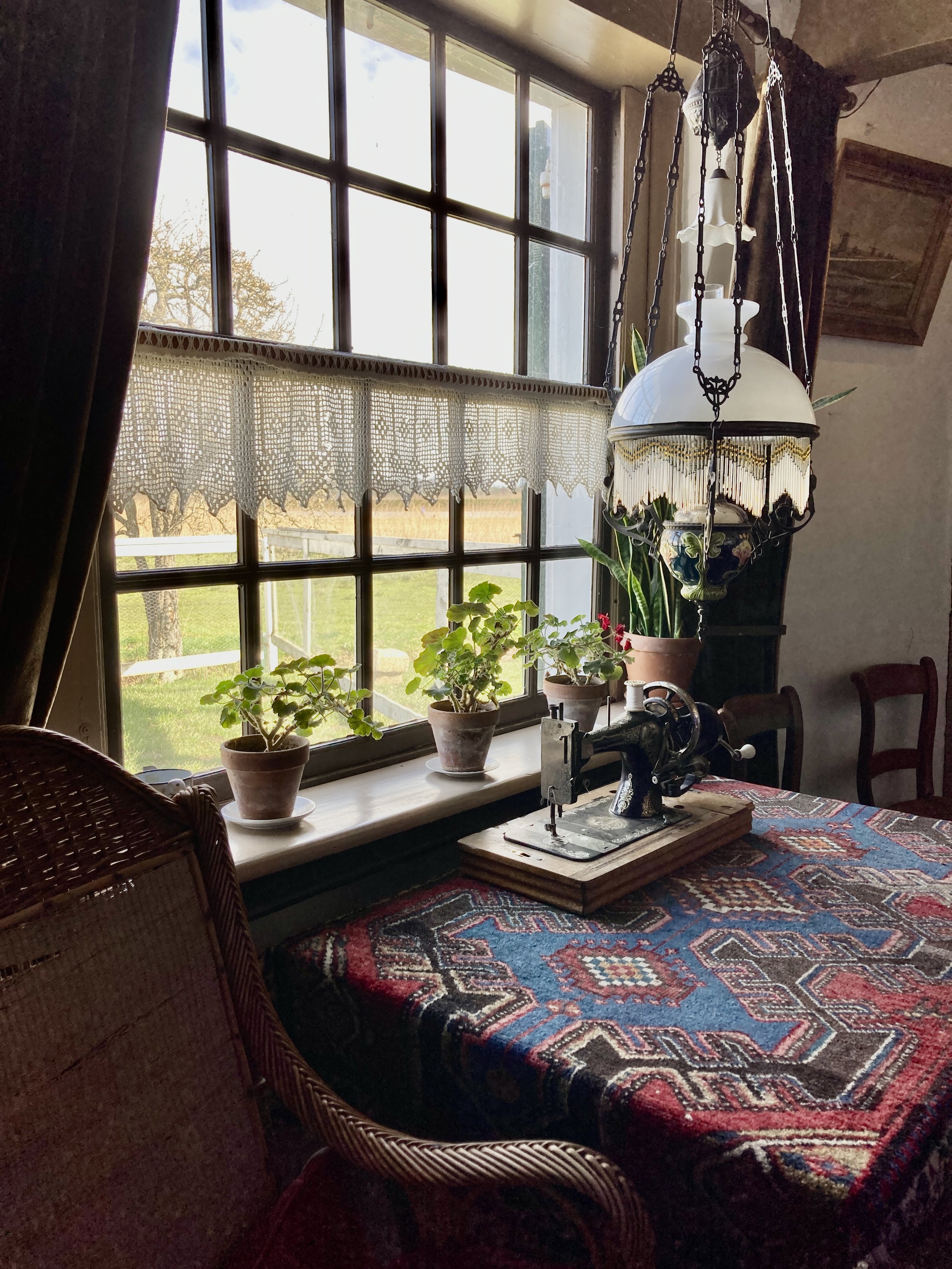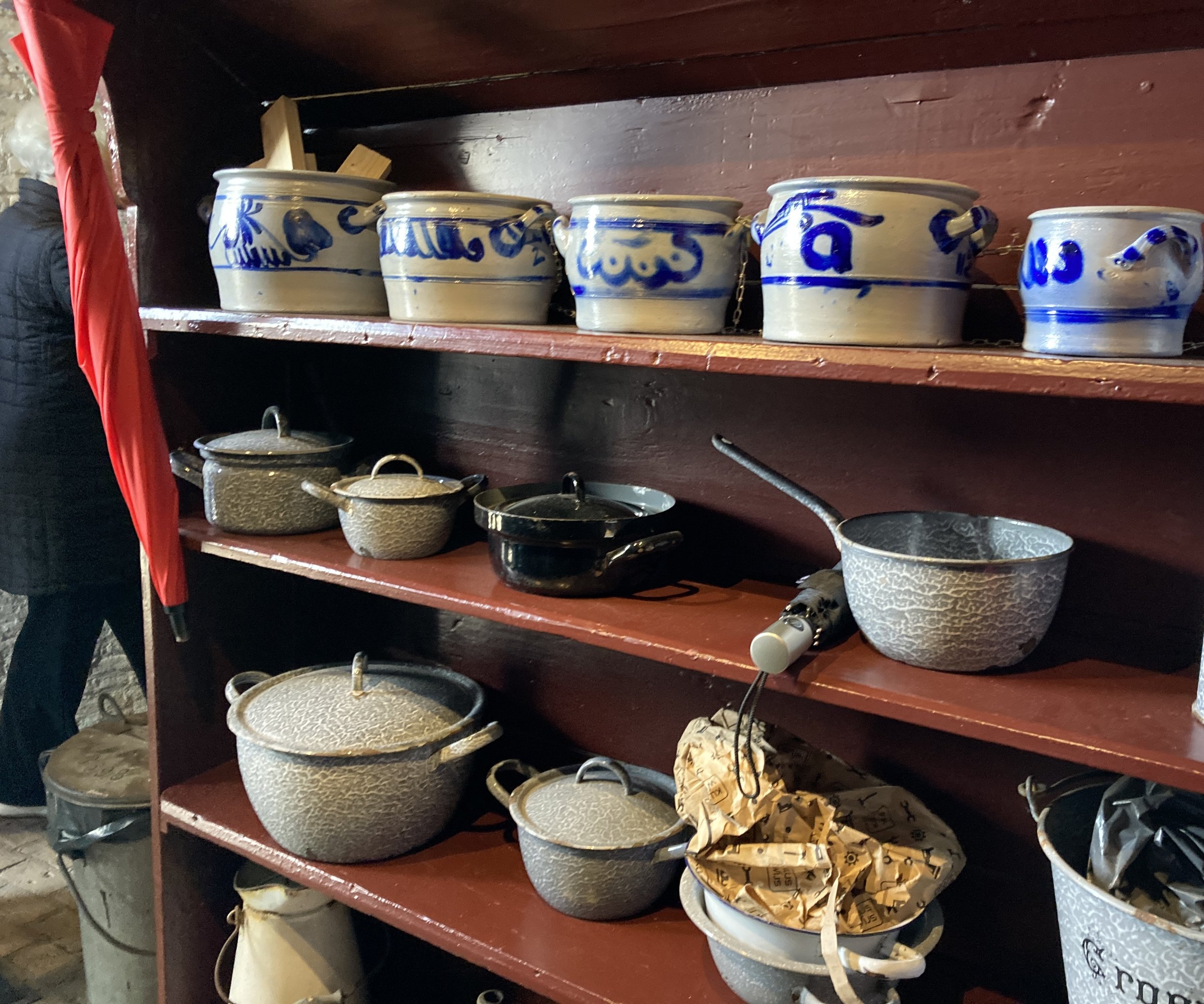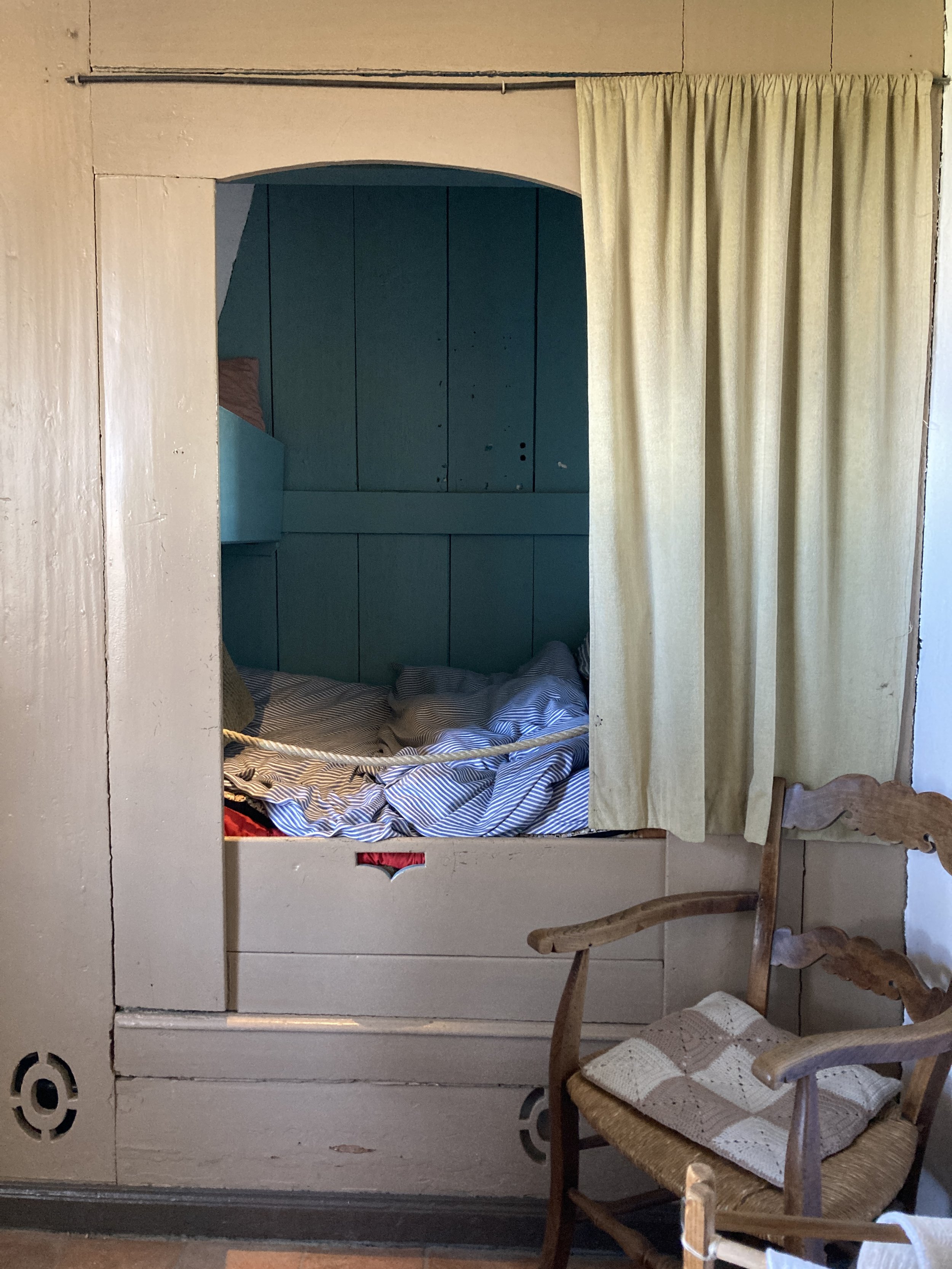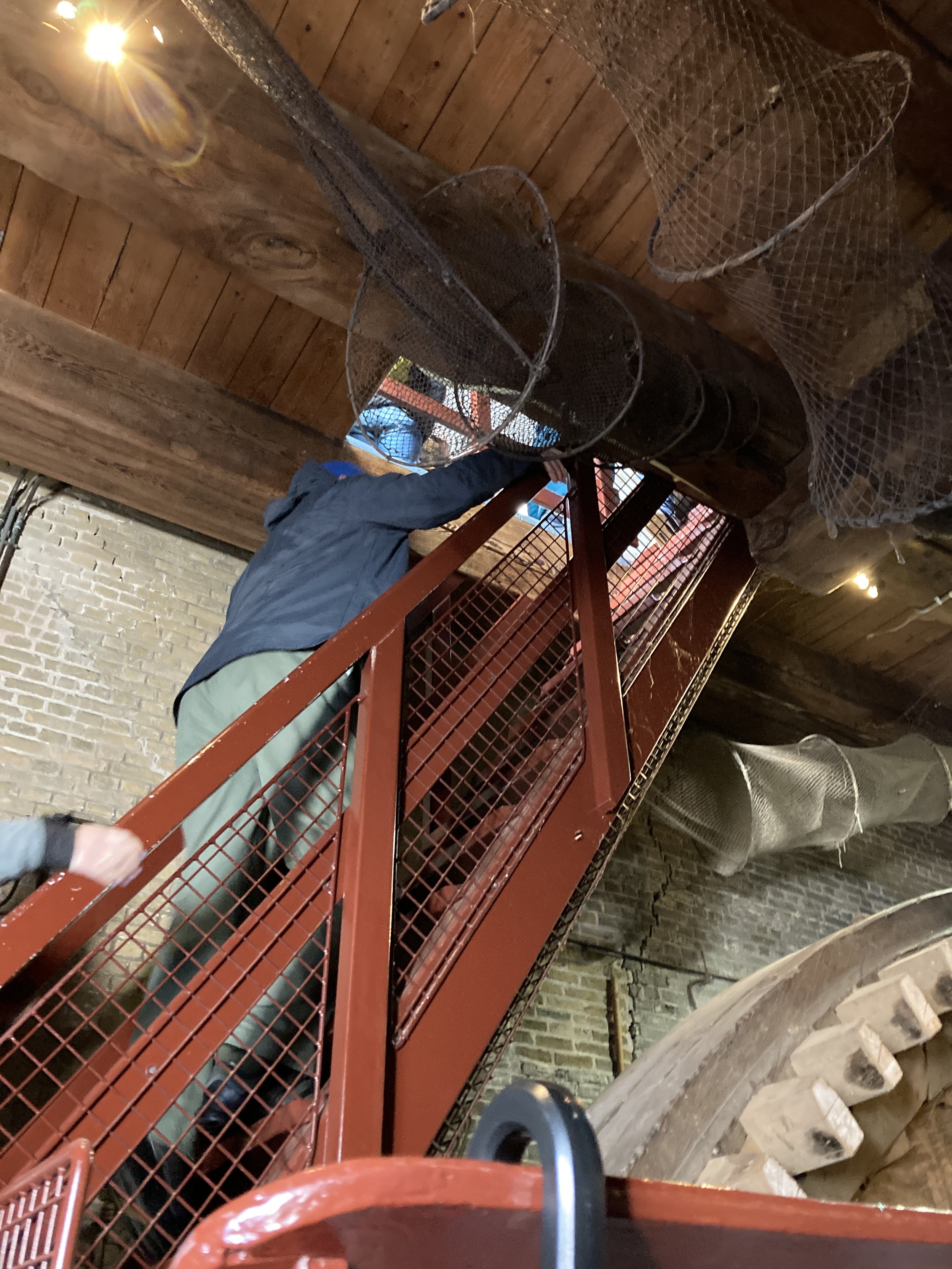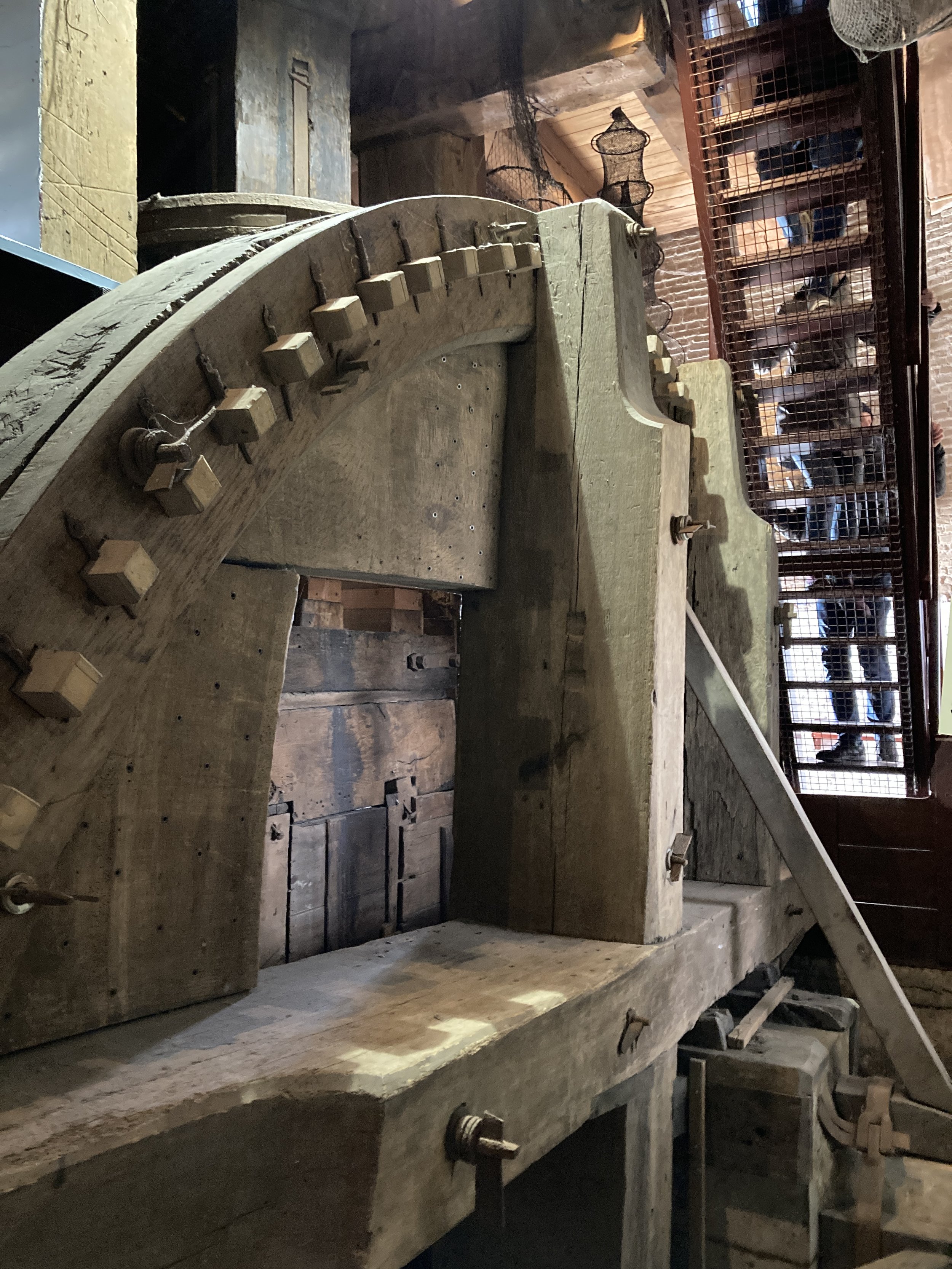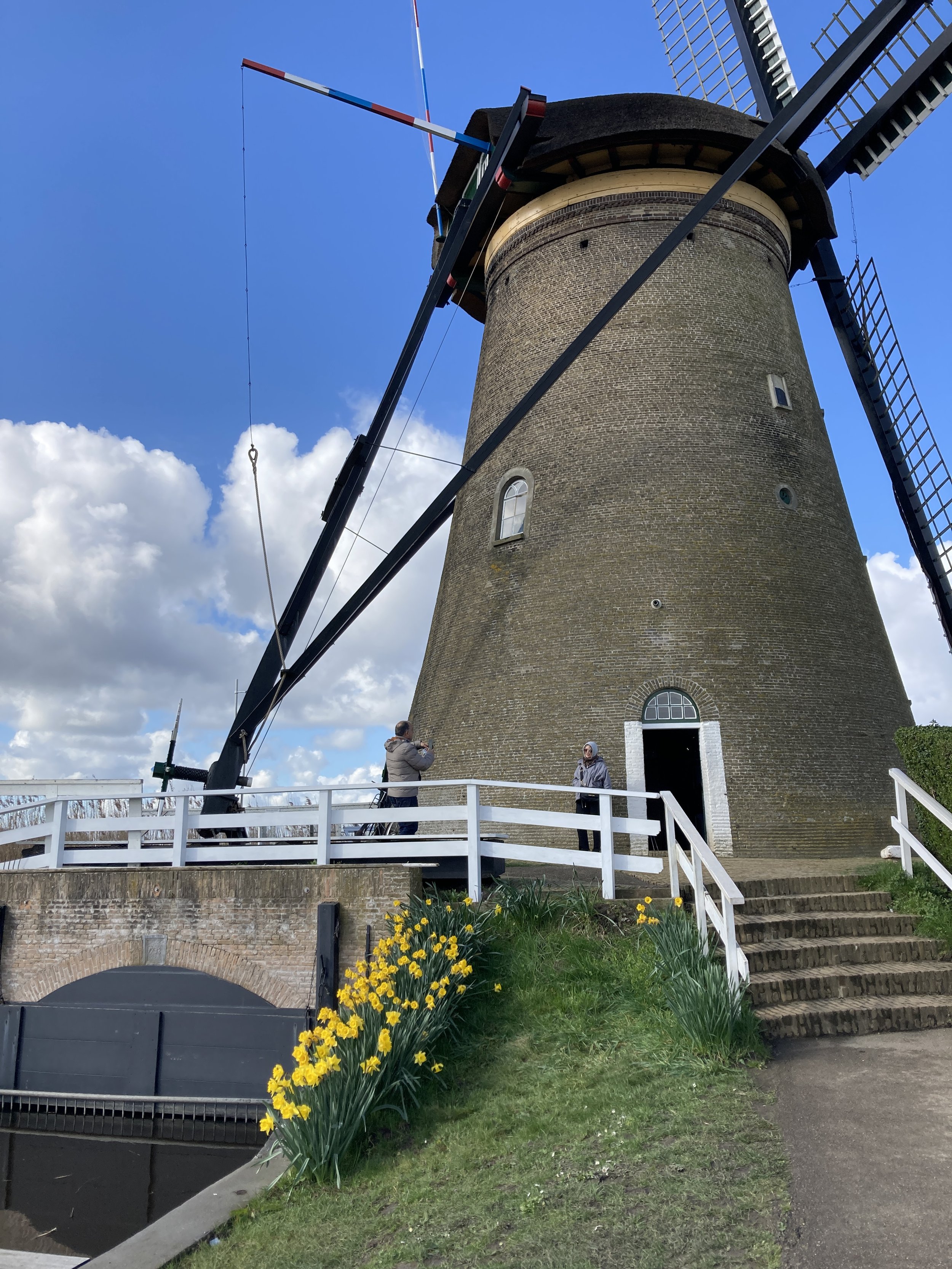A Brief Introduction to Lyon, France
I first visited Lyon a decade ago. That visit was much too brief – just a day long stop on a river cruise through southern France. But I knew without a doubt that I would someday return for a longer visit.
Lyon is France’s 3rd largest city (Paris and Marseille are numbers 1 and 2) and – though Parisians may argue – France’s gastronomic capital. Lyon is known for its markets, cafes, bakeries, bouchons (we might call them bistros), and restaurants.
Below: A street market along the banks of the river Saône.
One of many hidden courtyards in Vieux Lyone
The opportunity to return to Lyon came this past May when a friend and I headed to Lyon for 3 days at the start of a longer trip through the south of France. I had a few goals in mind for this visit – first, an exploration of the oldest part of the city, Vieux Lyon, with its tiny alleys, secret passageways, hidden courtyards, Renaissance era architecture and fascinating history.
Next, getting to know the Presqu’ile, the area tucked between the Rhône and Saône rivers. It’s an elegant neighborhood full of classic Parisian-style buildings, impressive fountains, large public squares, theaters, museums, and several of Lyon’s famous building murals. It’s also the neighborhood for great shopping, classy hotels, and wonderful food.
This stunning fountain anchors the Place des Jacobins in the Presqu’ile district of Lyon.
Also on my must-do list was a visit to what has to be one of the world’s finest markets, Les Halles di Lyon Paul Bocuse. Exploring local markets is something I love to do when traveling. I must have thousands of market photos from cities in Europe and the US. Each country’s markets have a unique character. They are a great way to gain insight into the local culture and also great places to sit and people watch over a coffee, to pick up supplies for a picnic lunch, or to grab a simple yet tasty meal. Based on Lyon’s reputation as a mecca for good food, I arrived anticipating fresh seafood (oh the moules!), classic quenelles (a type of fish dumpling and a regional specialty), great bread, croissants (of course), and good wine. Lyon did not disappoint and a visit to Les Halles market was a highlight.!
The Basilica of Notre-Dame as seen from along the Saône River, Lyon
Fourvière Hill is another can’t miss spot in Lyon. It sits high above the city’s historic old town (Vieux Lyon) and is home to the Basilica of Notre-Dame. The mosaic and sculpture filled interior of the church is breathtaking and the views over the city are fantastic from this vantage point.
Lyon is a joy to visit and was a great way to begin a longer trip in France. More details on Lyon in upcoming blog posts. Stay tuned!










